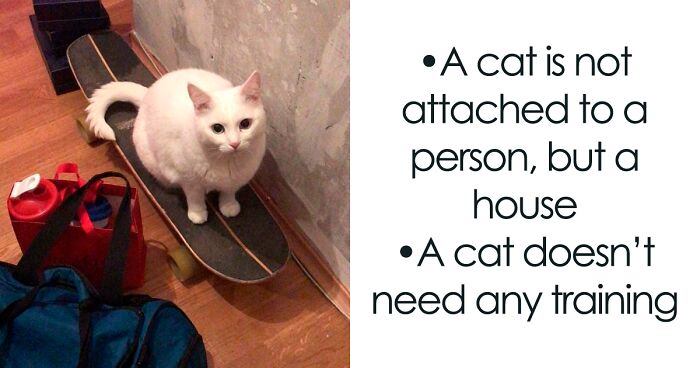
Cat Psychologist Busts 13 Myths About Cats And All Cat Owners Should Know Why These Myths Are Wrong
Cats are majestic and mysterious, even mythical, as some would put it. It comes as no surprise that people, who have always been fascinated by them, have tried to explain reasons for their behavior. But some observations are less true than others, and the explanations of the true nature of felines have given birth to many myths. One could say that myths are somewhat harmless, but in reality, they might cause real damage to the cats or the relationship between them and their owner.
Tatiana Kulikova is an expert in zoopsychology, a branch of psychology that helps explain why certain animals act a certain way. She often helps people, especially cat owners, to mend their relationships with their beloved animal and correct the pet’s behavior. Tatiana runs a blog where she shares her knowledge and experience with her readers, and also does private consultations for people who want specific advice. Today, she’s helping us dispel the myths that surround cats in an effort to better the quality of life for both the cat and their owner.
In one of her blog posts, she has talked about 13 of the most common myths about the majestic cats, and we’ve translated it for you, fellow readers. We can almost guarantee that some of them might surprise you, or you’ve been believing in one of these myths without ever suspecting that they weren’t entirely true. If you’re up for learning more, there’s also a post from about a year ago where Alexander Strizhakov, a veterinarian, gave 10 useful tips for raising pets.
More info: Instagram | zoopsiholog.jimdo.com | zen.yandex.ru
1. Cats are spiteful and plot revenge against their owners
Image credits: sestratk
It’s not true at all. Everything they do is due to their experience and instincts, which dictate the cat’s way of life. Any behavior is aimed at achieving something, but they don’t operate on moral categories such as “good” or “bad.” When they pee, they don’t understand that those things cost money, it might ruin them, or the owner will become upset for it. The cat just does the things that instincts tell her. In the cat’s world, there is no money, or notion of valuable sofas that are just too expensive to sharpen their claws on, or invaluable bedding. In the cat’s mind, it can mark whatever it desires as a way to communicate with other animals in the territory. It doesn’t do it to spite someone; it just comes naturally. Cats do similar things in one’s home by tagging things. Their tags may be a cry for help, or a way to better their relationships with other animals. The myth arose from the fact that many people find it easier to not make an effort at understanding their cat, but to explain it away under such terms like vindictiveness, viciousness, or vengefulness, saving them the hassle of trying to solve the problem. If the cat is vengeful or vindictive, it’s just the way it is, there’s no way of changing it, right? What’s the point of bothering, then?
2. Cats are non-social animals and like to be left alone
Image credits: sestratk
This myth was dispelled quite a while ago by ethological scientists who observed the behavior of cats in the wild. In places where resources are abundant, cats tend to unite and live in groups, jointly raising offspring. A good example of this is urban basement-dweller cats that live in communes in places where they are fed by people. Also, nowadays it is quite trendy to select social breeds that need a cat-friend in the territory and can get bored without a friend, or even get depressed. So the adage that “the cat walks by itself” is a little out of date. Many cats need the companionship of humans or other animals.
Image credits: sestratk
Image credits: sestratk
3. If a cat pees on a person’s things, it means that she does not like this person
Image credits: sestratk
It’s exactly the opposite. Cats can tag their owners’ belongings if they feel that the owner is angry at them. They do this not as a form of revenge, but to make peace. In nature, cats mark the marks of another cat with which they have a poor relationship in the group so they can form a common scent. This common scent of the group allows cats to determine who is one of their own; that is, who’s a stranger and who’s a member of the group. Usually, the cats rub against the same objects (cats do the same with us, and rub against us and our things), but if there’s a quarrel in the group, then it needs to quickly and efficiently mix the smells, so they urinate on marks. Cats pee on the mark, the smells mix, and they become friends again. Cats also act the same way in the case of a quarrel with their owner. And they’re surprised when the owner, in response to this, begins with even more aggression. Then they start to tag even more frequently, thinking it was not enough to reconcile their relationship. And the owner is getting more and more angry.
Image credits: sestratk
4. The cat scratches furniture because of their bad manners and to spite their owners
Image credits: sestratk
The urge to scratch is an integral part of a cat’s life. Cats scratch surfaces more than just for a simple “manicure.” By doing this, they also mark their territory in two ways: first with the smell (pheromones from glands on the paws) and visual marks. They also get rid of excess energy or frustration. This is exactly what they do in nature by scratching trees and fences in their territory. In an apartment and a house, the situation is just the same. If the cat is not provided with the correct scratching posts and trained to use them with positive reinforcement, then it will scratch whatever it finds available, namely sofas and chairs. No matter how much you may punish your cat for the act, it will not become enlightened, and won’t stop doing it, since it’s in their instinct. Just buy your cat some correct scratching posts and place them around the house in every room, and teach your cat to use them.
Image credits: sestratk
5. The cat doesn’t need any training
Image credits: sestratk
Many people think that dogs need training, but cats can be taken home and live however they want. With dogs, they go to courses, read books on training, and practice commands. Meanwhile, the cat is simply brought home and expected to behave itself. This is a delusion. A cat also needs training like any other animal. Unless you want to live in a ruined apartment or wear scratch marks…
Image credits: sestratk
Having this in mind, one has to realize that there’s quite a difference between parenting and punishment. Parenting uses a lot of social aspects that help form a desired behavior with positive or negative reinforcement. Punishment is, more often than not, just a way to express frustration coming from hopelessness or powerlessness to change something for the better. Punishment doesn’t work on cats. The only thing they understand from it is that their owner is showing aggression towards them and that they should be feared. Raise your cats with love!
6. You don’t need to play with your cat, it can entertain itself on its own
Image credits: sestratk
This is not entirely true. If your cat lives in a private house or goes outside every day, then the need to play, as a physical activity, will be less than that of a cat that lives in an apartment. With an urban adult cat, owners should play at least half an hour a day so that the cat has an outlet to use their energy, moves, and doesn’t get obese. Games have one more purpose—it forms a stronger psychological bond between the cat and the owner, strengthens trust, and promotes mutual understanding. Every cat needs some quality time with their owner playing with them. If you want your cat to trust you more and love you more, play with it every day!
Image credits: sestratk
7. If the cat shows aggression towards its owner, it wants to “dominate.” Thus, you need to hiss at it, shake it by the scruff of the neck, press it to the floor to put it in place to show who’s the boss
Image credits: sestratk
Both the conclusion drawn from the cat’s behavior and the way to eliminate it are fundamentally wrong. Cats do not dominate humans. Felines may show aggression for many reasons: it can be playful, or a way to attract attention, or a reaction to fear when the cat mistrusts the owner. Aggression may also be caused by excessive petting or hormonal disruption. But not a single type of aggression against humans is associated with domination.
The method to solve it which is propagated by the myth will only aggravate the cat and may completely destroy the relationship between the owner and the cat, and will make it afraid of the owner. Is that what you want?
Many use this method of punishment, seeing as the mother cat punishes her naughty kittens in a similar way: she takes them by the scruff of the neck, presses them to the floor, or even hisses. But this method of upbringing works with kittens only up to 4 months old, at a critical age while they still live with their mother. Further in life, cats start to perceive such behavior as aggression coming from the enemy.
You can’t use aggression in response to aggression. First, you need to understand the real reasons that cause such behavior and eliminate these reasons. Then the aggression will decrease.
8. A cat can’t get sick if it doesn’t go outside
Image credits: sestratk
This myth has been dispelled by owners of cats, since there are already many sad stories about how cats got infections even though they never left the house. Hosts can bring viruses and bacteria from the street on their shoes and clothing. Cats that live with dogs are especially at risk, since dogs love to interact with feces and may carry around a lot of viruses on their coat.
The feline plague (panleukopenia) may survive in the environment for up to 5 years, can withstand both boiling heat and severe cold, which is why it’s so dangerous. The mortality rate from it is from 70 to 90 percent.
Image credits: sestratk
Most often this myth is perpetuated by people who don’t want to vaccinate their cat. But as you may have understood, the myth is false, and you have to vaccinate your cat. Only vaccines can help prevent infections or strengthen the cat’s immune system to combat the virus. Therefore, even if your cat has never left the house in her entire life, set her up with comprehensive vaccination.
The aggressive behavior of your cat, for example, might be associated with epilepsy, hormonal disruption, or just severe pain, and veterinarians may mistake these as signs of rabies. If the cat is not vaccinated against this terrible virus, which is transmittable to humans, then treatment might be denied, or the cat might get sent to quarantine, from where only a few return.
Image credits: sestratk
9. Cats always land on their feet
Image credits: sestratk
This is a half-truth. Indeed, cats have built-in reflexes that allow them to roll in mid-air if they fall with their backs facing the ground. But does it always work, and can it save a cat falling from a great height?
It turns out that the reflex doesn’t always work. When falling from too low of a height, like the hands of a child, the cat may simply not have enough time to roll over. And when falling from a great height, the shock effect may play a role and the reflex might not work as expected. In addition, when a cat falls from a great height, no matter how well it may decrease the speed of the fall by gliding, the impact force will be such that it will most likely get injured, ending up with broken paws, jaw, a concussion, etc. Many cats don’t survive even falling from the third floor. With falls from high altitude, there’s no question whether there will be pain, for there definitely will.
Image credits: sestratk
10. Cats heal themselves by licking their wounds and eating the right grass
Image credits: sestratk
It’s a myth that comes from the days where there were no veterinarians. Those who survived without treatment were declared doctors of their own, while those that didn’t survive were not taken into account. Of course, the majority died, but the surviving cats were praised, and many wonderful stories were created about them.
The reality is that cats are not capable of self-medication unless we count the immune system. Cats chew grass to get rid of hairballs in their stomach. They do not distinguish between grass varieties, and their instinct does not tell them to chew St. John’s wort for the stomach, or yarrow to treat an abscess.
Licking wounds is a cat’s instinct. Indeed, in nature, the only way a cat can clean a wound is to lick its surface. But often licking does more harm than good. For example, a cat may lick a small wound and make it even bigger. The bacteria on the cat’s tongue may also cause an additional infection. This is why when a cat is injured or has undergone an operation, it wears that “Elizabethan collar” so it won’t lick the damaged area.
The people that tend to justify this myth are those who tend to take their sick cats and throw them out in the forest or out of their village. Instead of providing them with veterinary care, they just throw out the sick animal so it can “heal itself with herbs.”
11. A cat is not attached to a person, but a house
Image credits: sestratk
This is a half-truth. The information comes from the times when contact cat breeds were not yet known and all cats lived mainly on the street, not inside the house. Modern cats, for the most part, are attached precisely to their owner, although they can be very worried about a change of environment. Experiments were performed where cats were put in an unfamiliar room, first alone, and then together with the owner. In the second case, the cats felt much more comfortable. It was determined that for most modern cats, the base of safety is still the owner, as well as for dogs, with which such experiments have already been carried out many times.
Image credits: sestratk
But there are cats who are determined to walk back to their old beloved home even if they’re 10 miles away. Such cats do not have the same connection with the owner that indoor cats have; they are semi-wild or simply have a very independent character, or may be poorly socialized. These cats are indeed more attached to the house rather than their owner, and would prefer to stay in the old place of residence when moving.
12. Cats and dogs are eternal enemies
Image credits: sestratk
Surprisingly, many people still believe in this myth. In fact, with proper upbringing, dogs and cats get along well together. Often, they get along even better than two cats together. The thing is that in cats, intraspecies (within species) aggression is more pronounced than interspecies (between species). A non-aggressive dog is not a competitor for resources, but another cat is still some kind of competitor for food, partners, and territory. This is why a cat that has no negative experience of interacting with dogs is more likely to make friends with it rather than another cat.
Cats and dogs that live together for a long time learn to cooperate and even carry out whole operations to get food or open the refrigerator. I myself have often experienced how my cat throws various things off the table to the dog, and then has fun watching me trying to take the candy wrapper or a cucumber from the dog.
Image credits: sestratk
13. Cats eat fish, sausage (salami), and drink milk
Image credits: sestratk
There are many myths about cat food, but this is the most popular one. Earlier, in times of scarcity of grocery products, indeed, domestic cats were fed with sausage and milk, and this was considered the best delicacy. But now, when good sausage is more expensive than meat, when there are various types of natural nutrition, one should not feed a cat with these products. Cats, which are natural predators, eat raw meat, so the refined meat in the sausage contains little to no nutrition for them. Nothing will happen if they are given a boiled sausage from time to time, but it can’t be a part of their daily diet.
Drinking milk also has its drawbacks. Many adult cats stop tolerating lactose, which is why milk gives them diarrhea. If your cat does so, refrain from giving milk. Milk contains a large amount of calcium, so the consumption of milk by a cat on a regular basis (and, especially, instead of water) can lead to urolithiasis.
Remember, milk is food, not water! It is crucial to give the cat the hydration it needs, especially if they consume dry food.
If your cat is lactose-tolerant and loves milk, then you can treat her to it several times a week, but you should never make it part of their regular diet.
Image credits: sestratk
Fish is a completely different topic altogether. Fish can be very beneficial for cats because it contains fatty acids, omega three, and cats just love the taste. Sea fish can be fed to cats a couple of times a week, and it will greatly benefit them. But it’s impossible to make fish the basis of the diet. The fact is that fish (for example, carp) do not contain amino acids like taurine. And if you cook fish, then the amino acid evaporates from the heat. Cats can only get taurine from food, and can’t synthesize it themselves. Most fish have very little taurine compared to beef or chicken. If you feed your cat only fish, it can become seriously ill. Taurine deficiency causes blindness and heart problems. Of course, there are fish that have copious amounts of taurine, such as tuna or salmon. But how many people can afford to feed it to cats?
111Kviews
Share on FacebookThis is unrelated but was anyone else bugged that her nose was hanging out of her mask in that one picture?
I hate those posts. I also hate people who hate cats or who say cats are jerks.
Load More Replies...This is unrelated but was anyone else bugged that her nose was hanging out of her mask in that one picture?
I hate those posts. I also hate people who hate cats or who say cats are jerks.
Load More Replies...
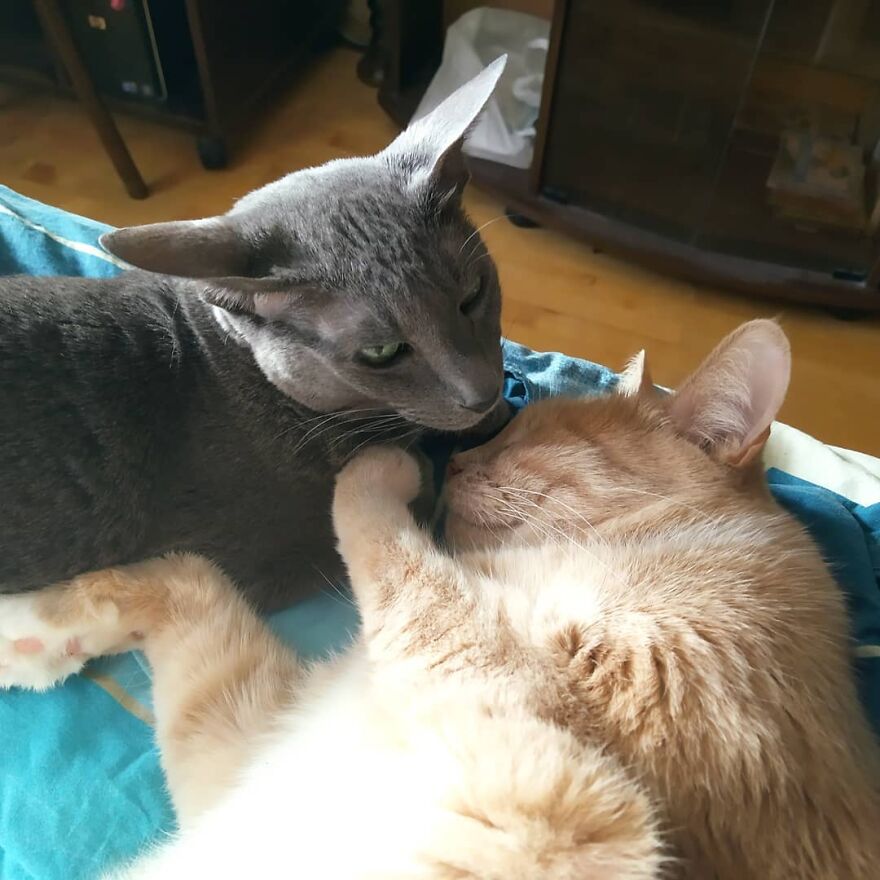
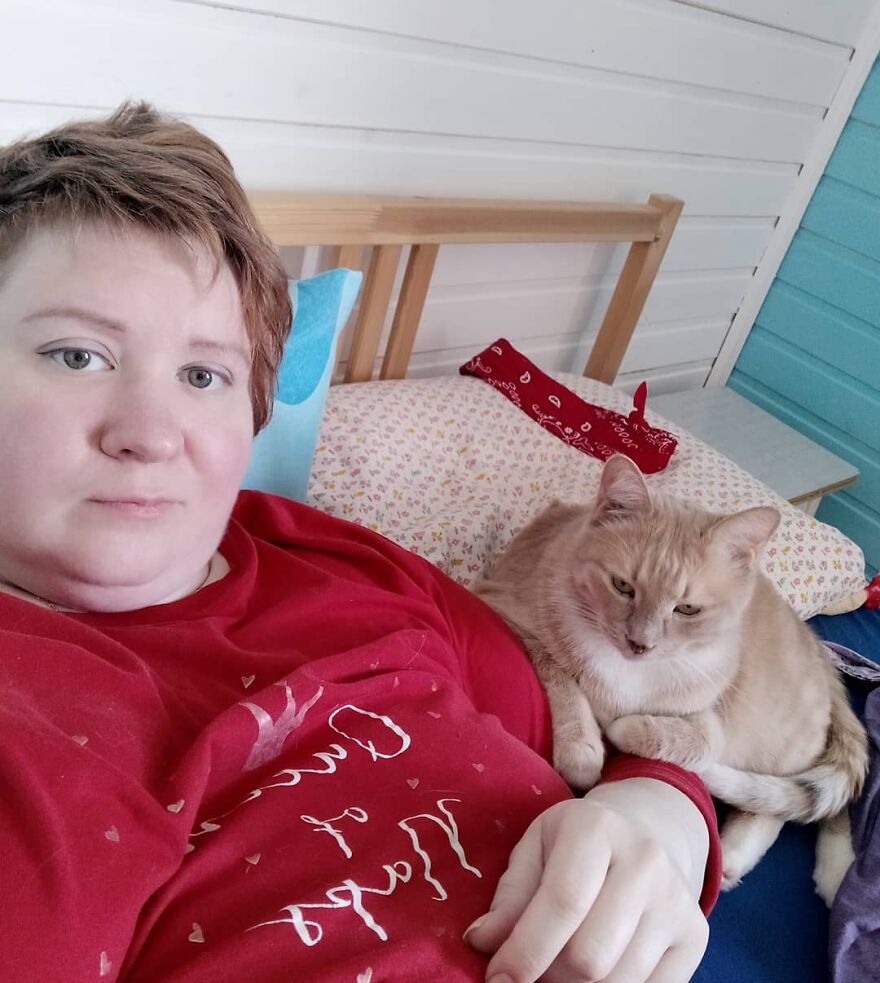
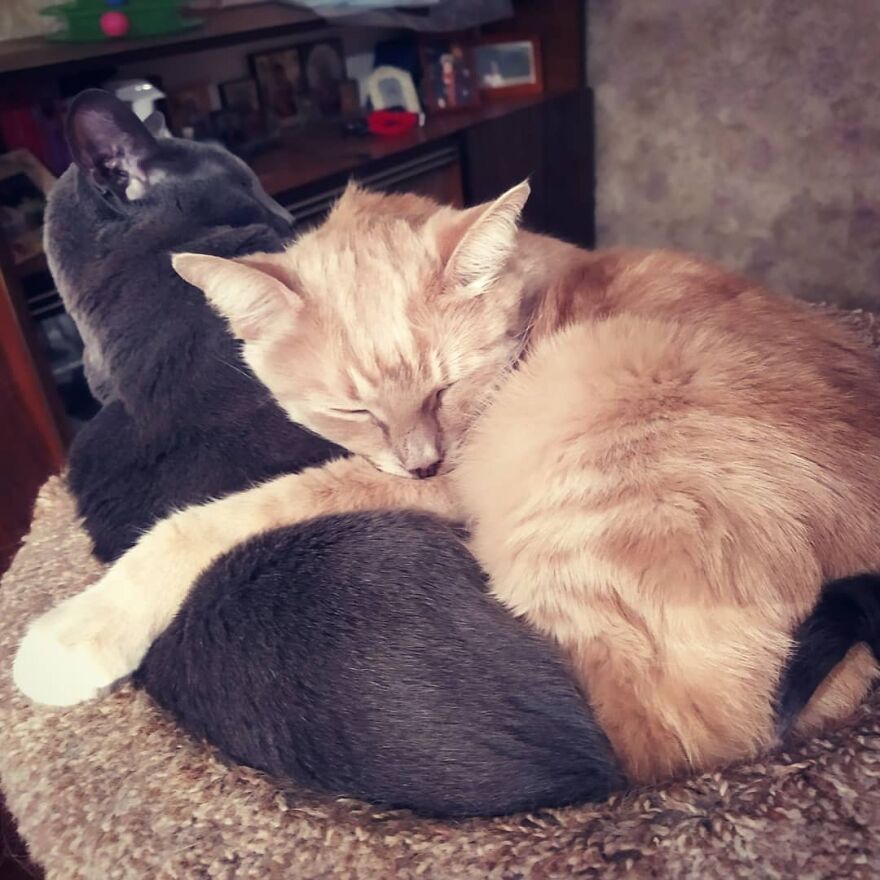
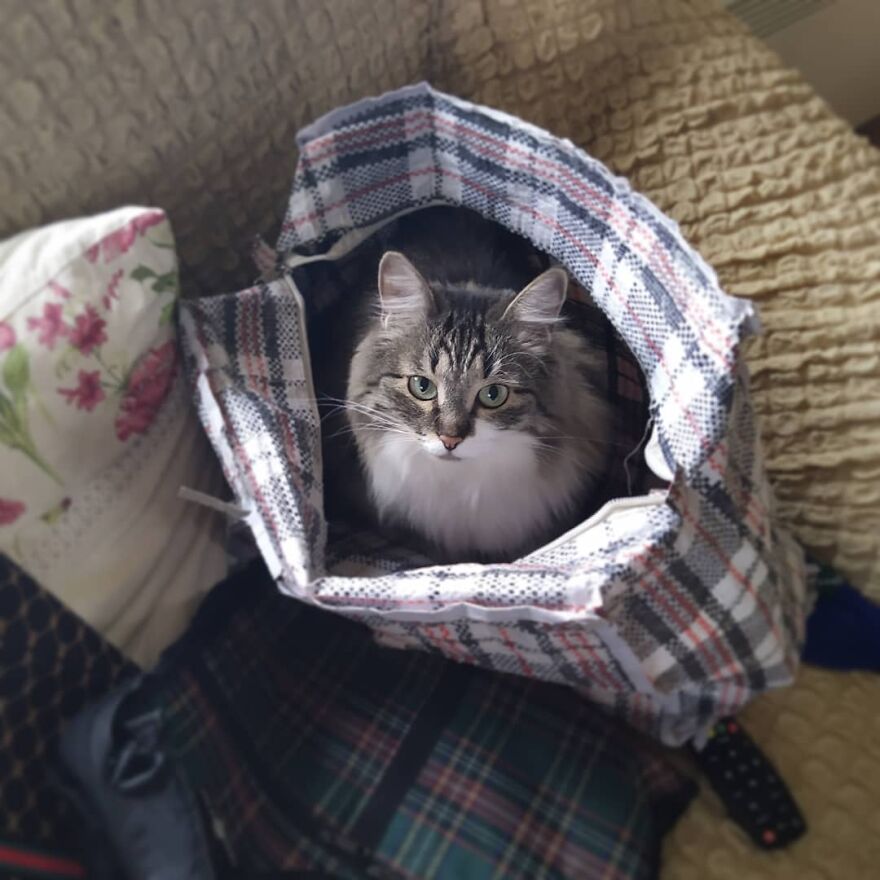
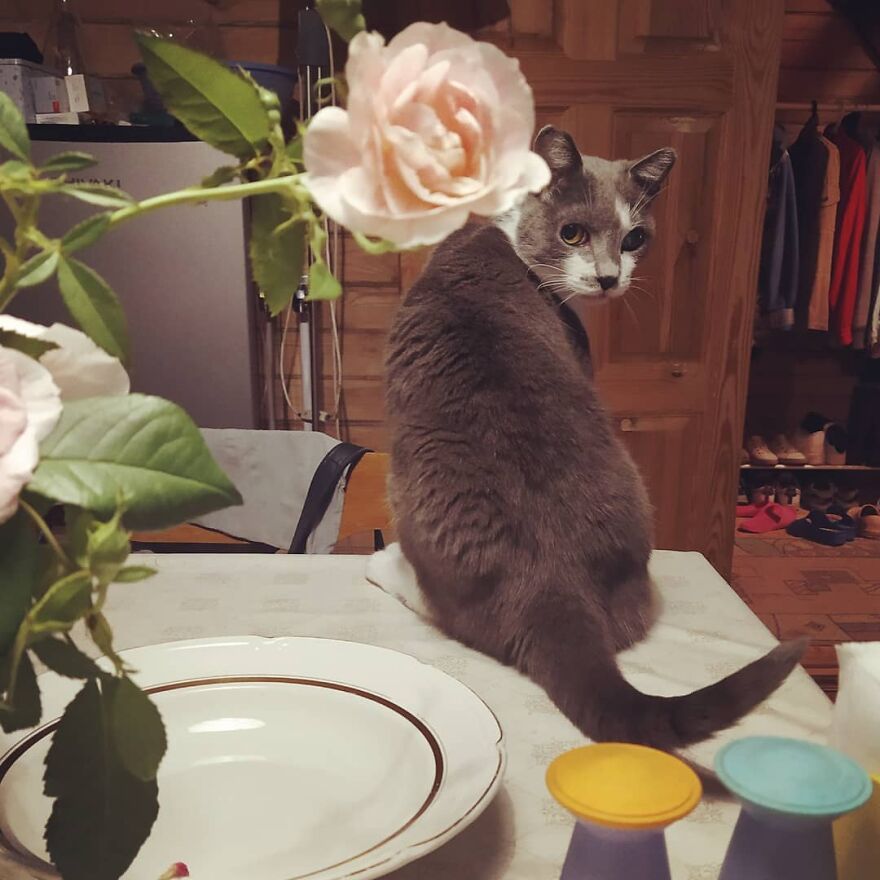
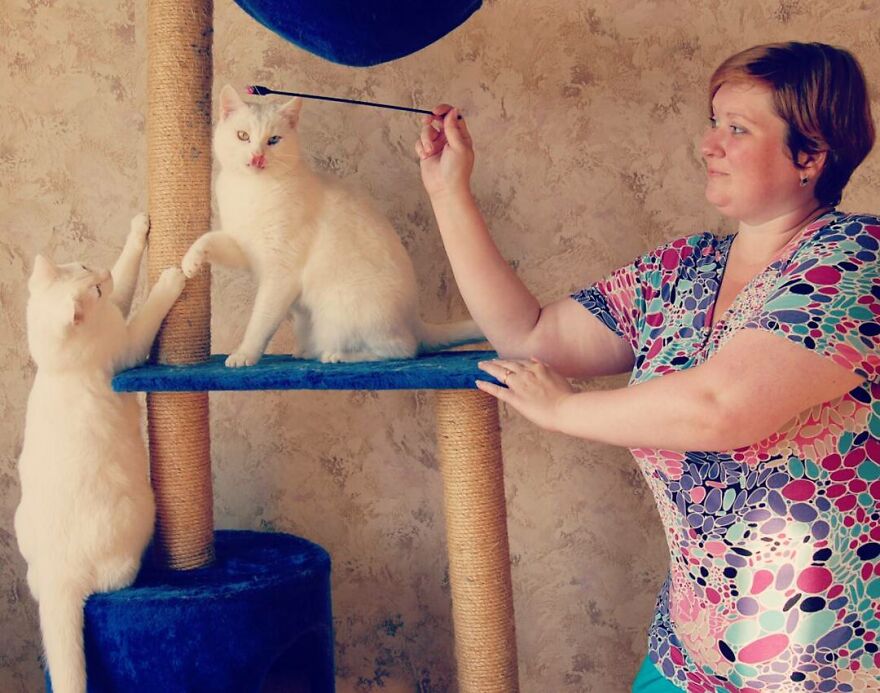
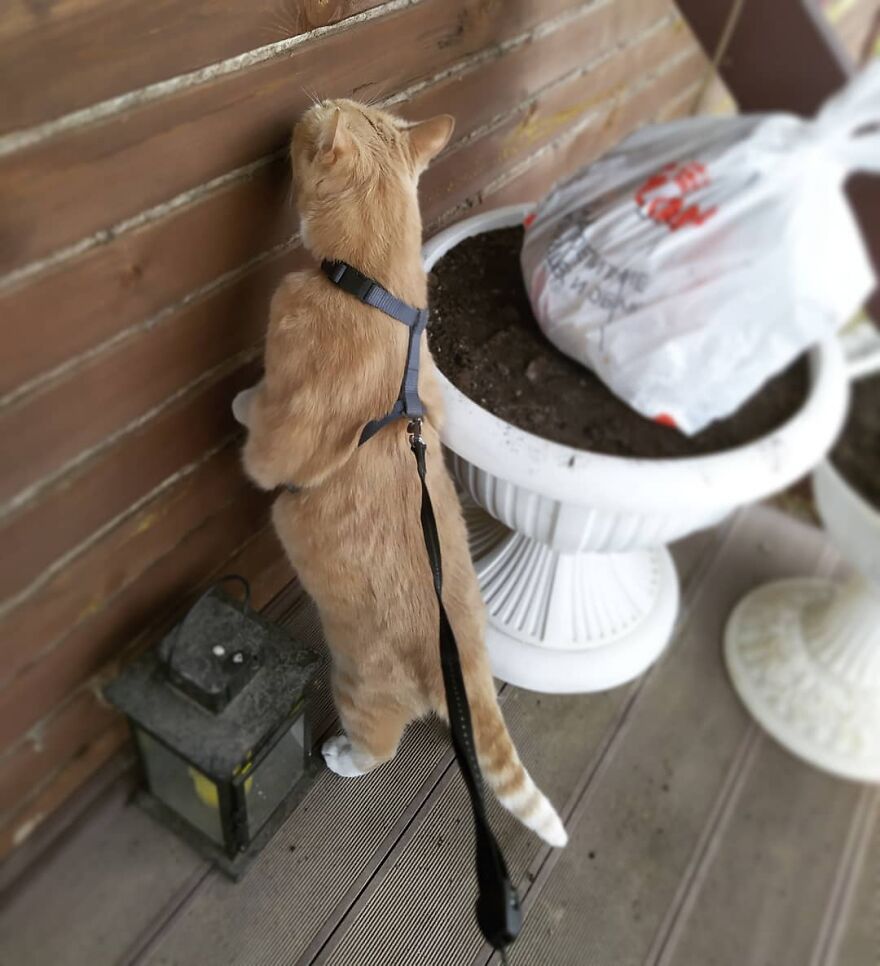
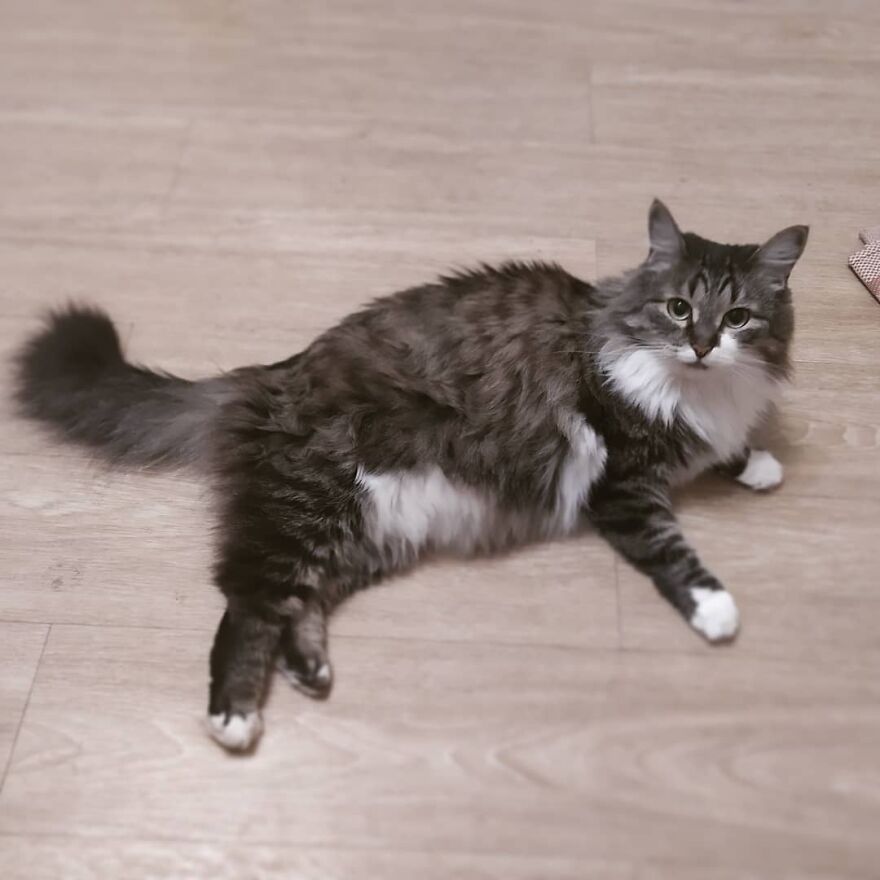


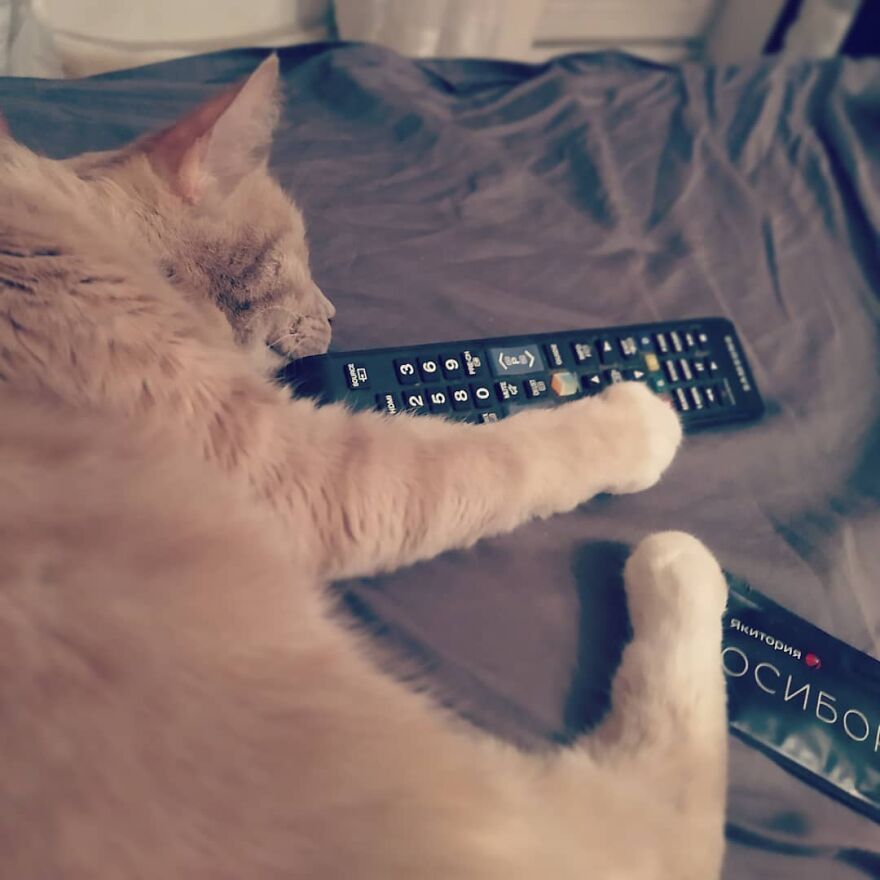

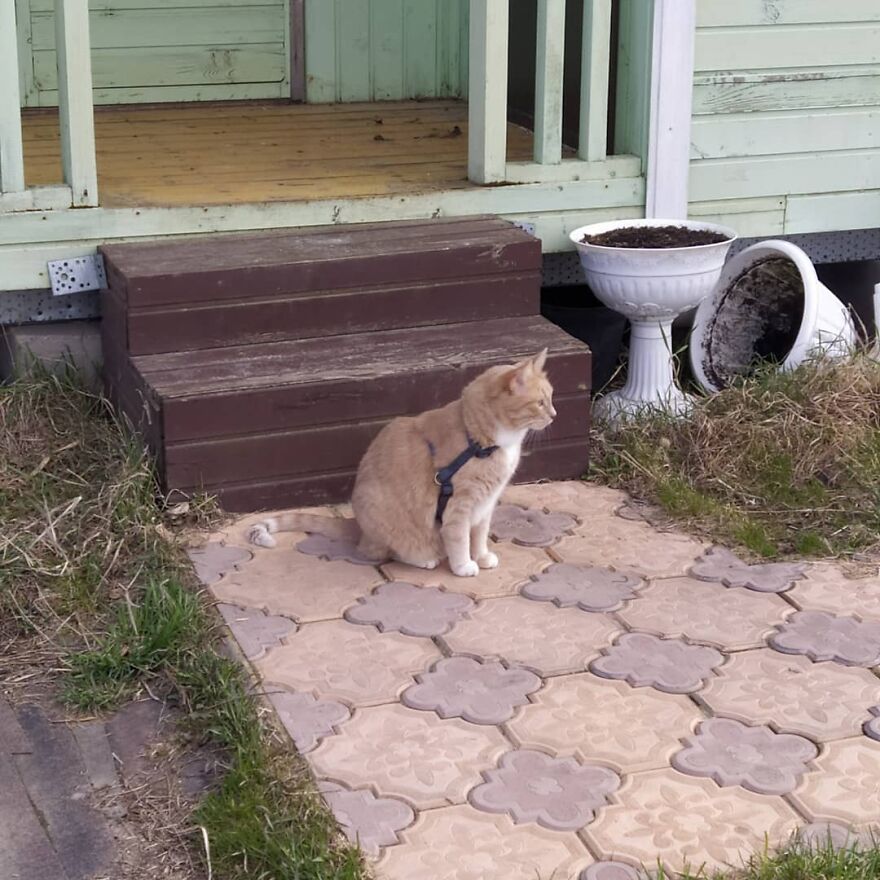
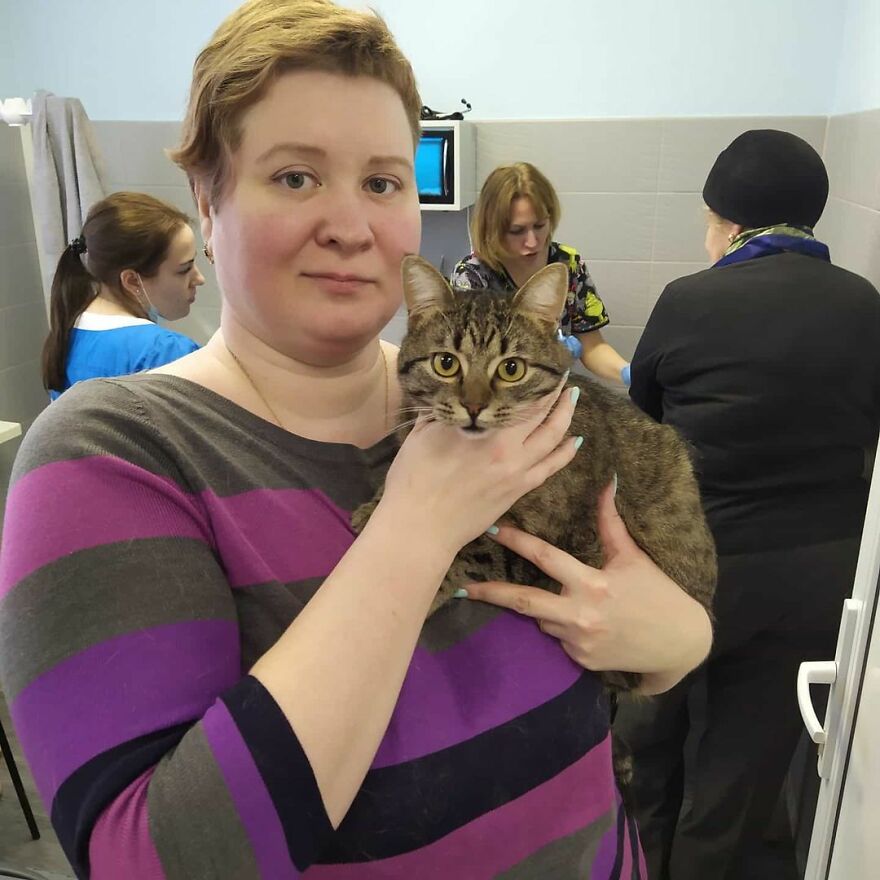
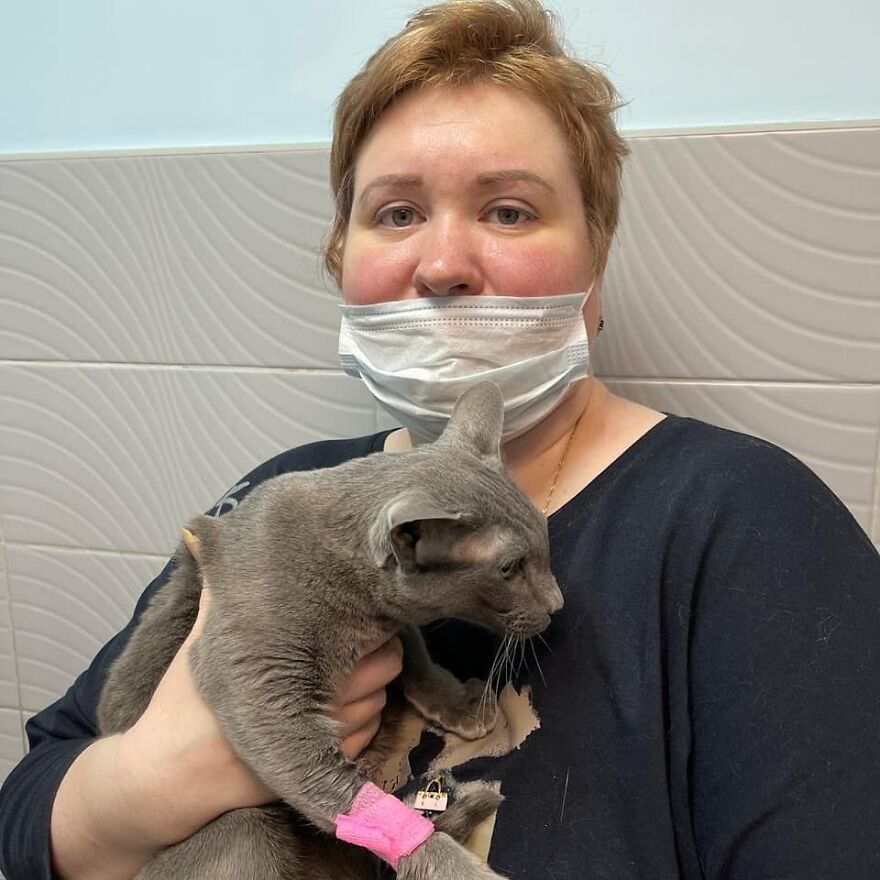
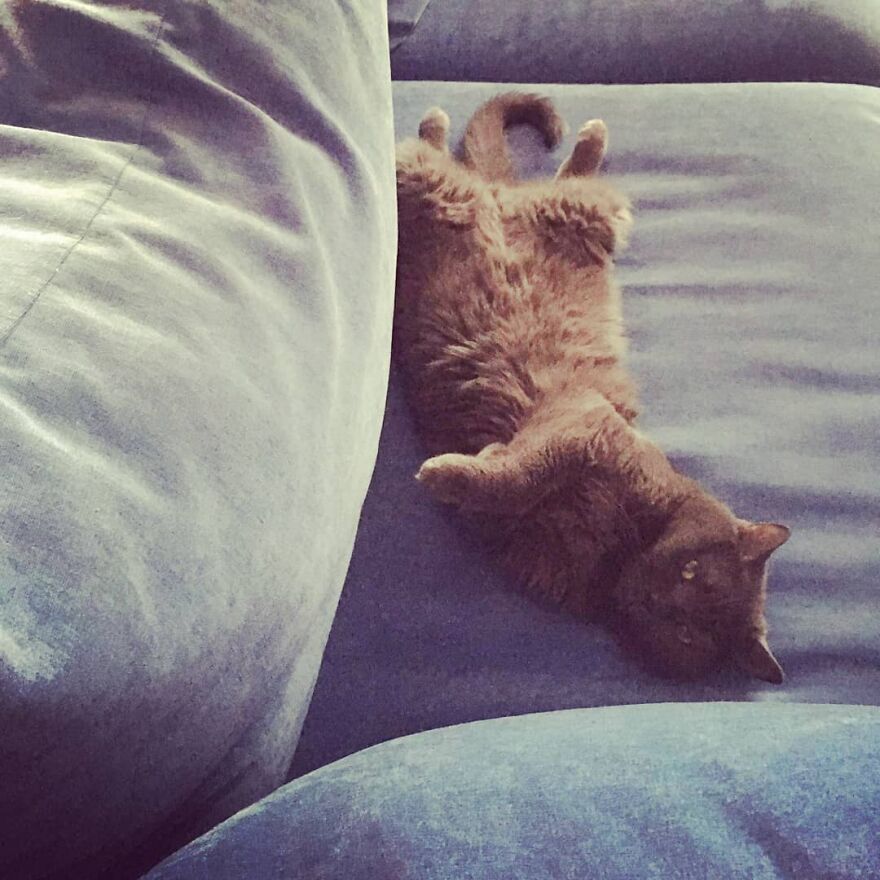
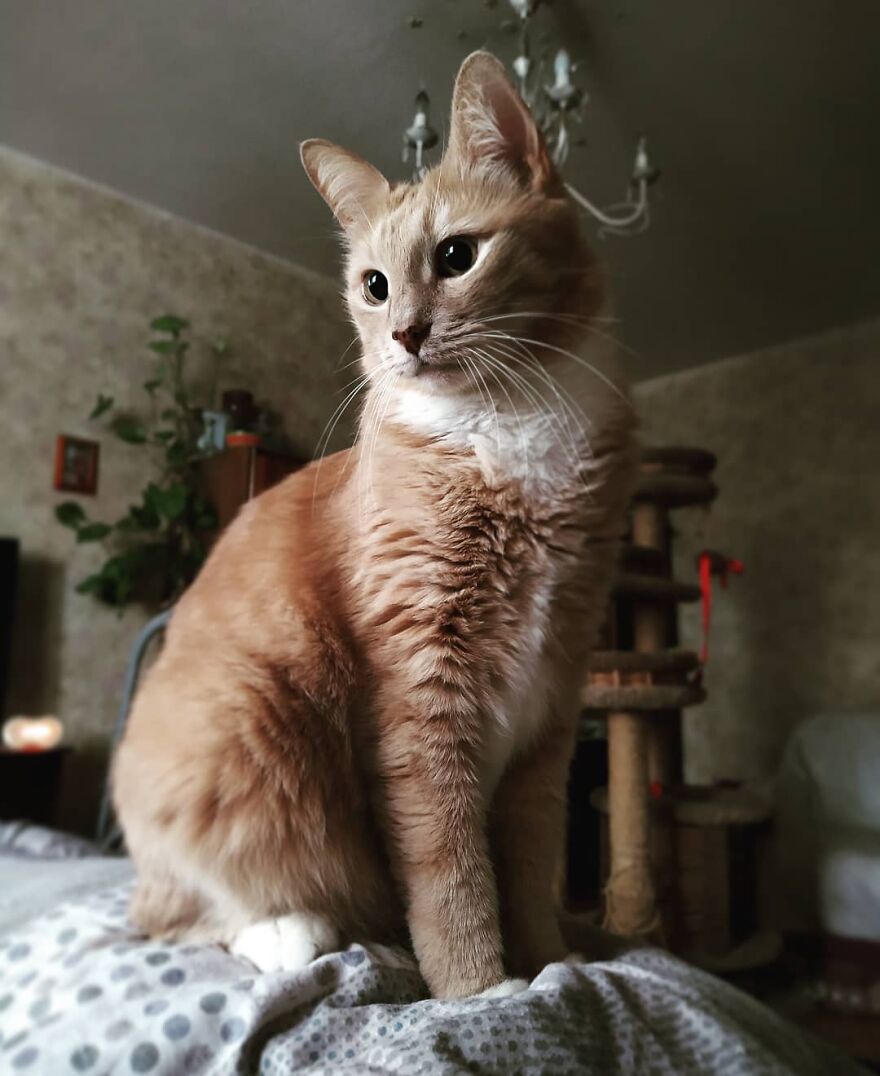
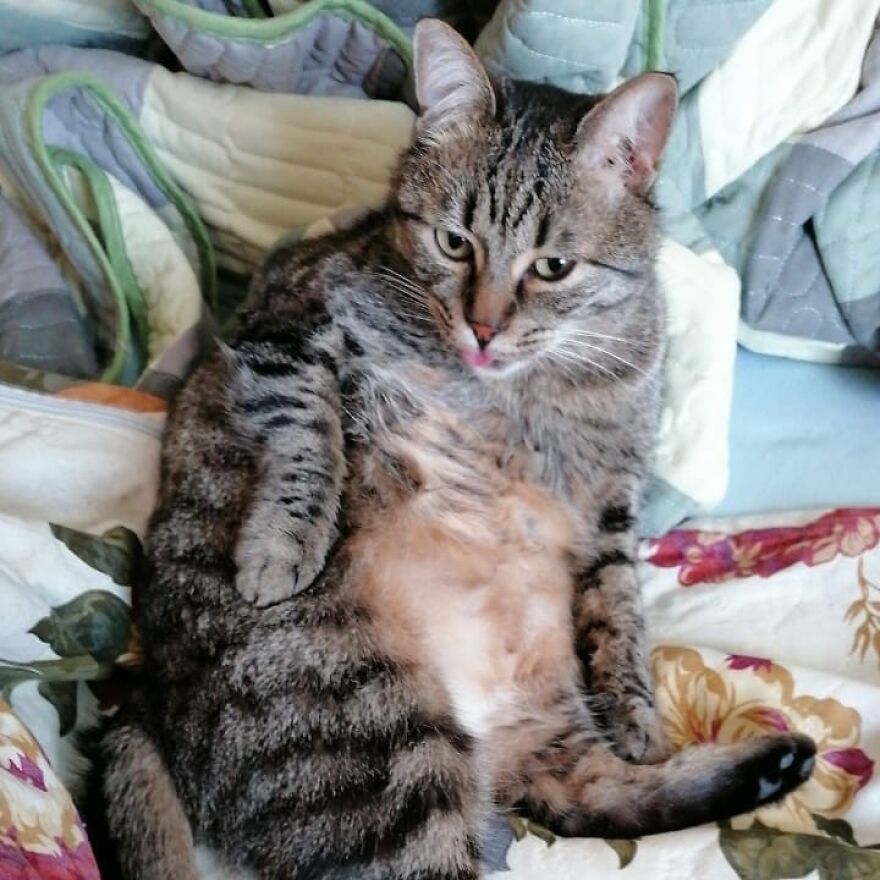
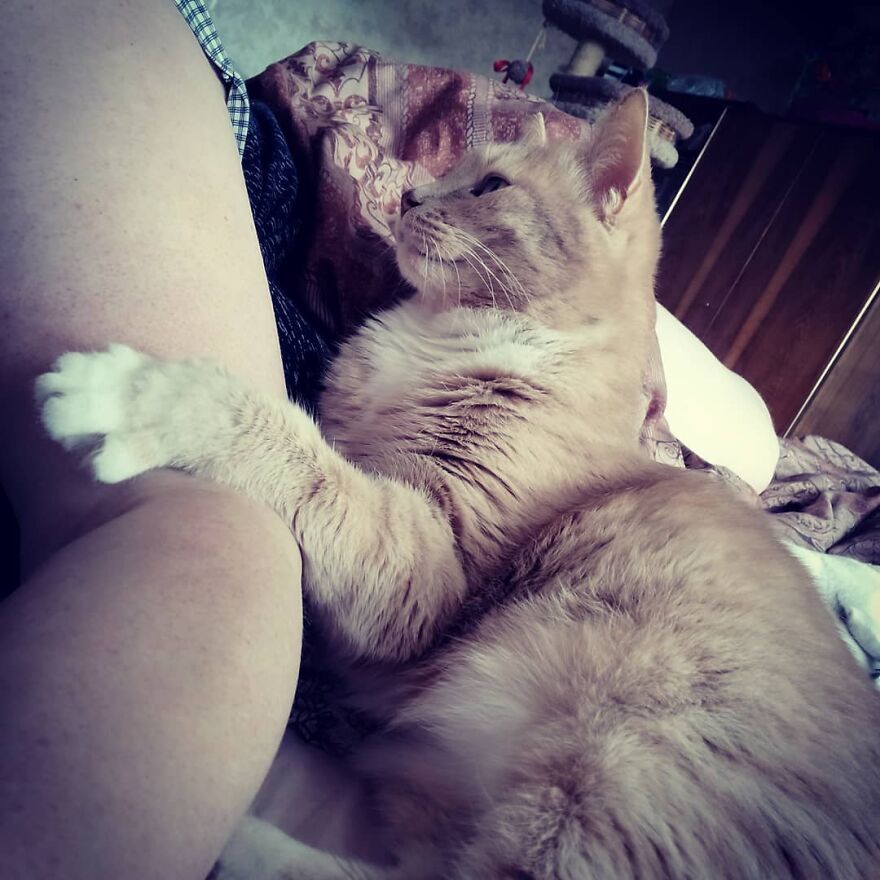
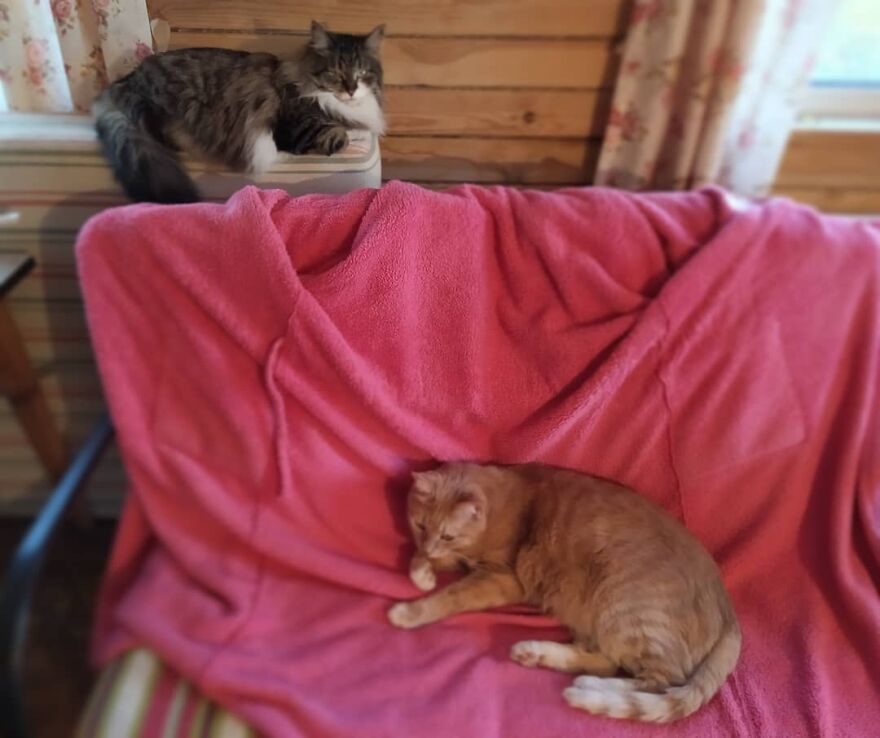

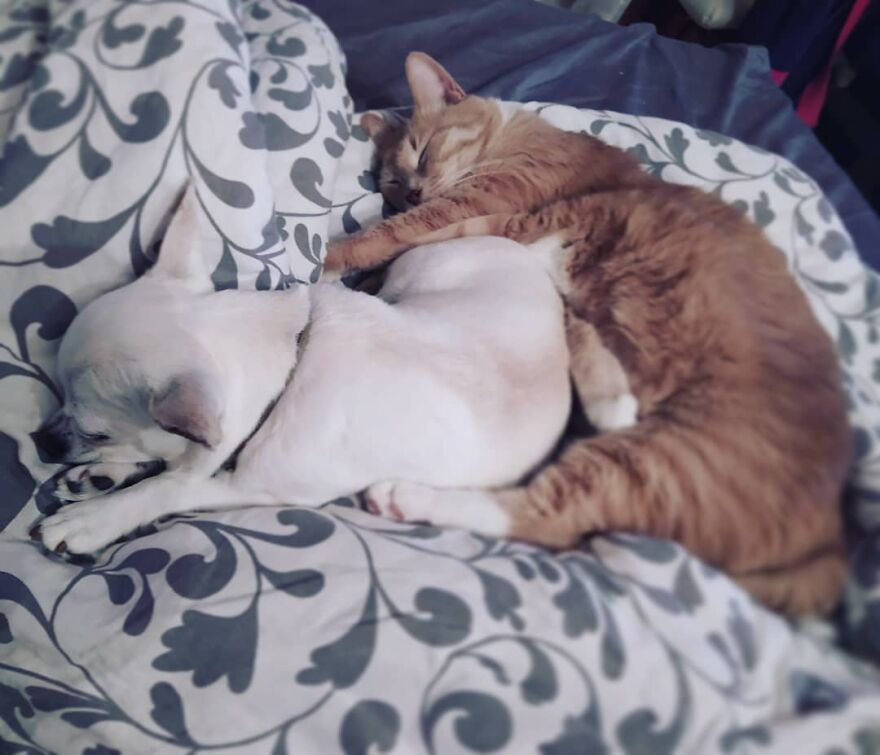
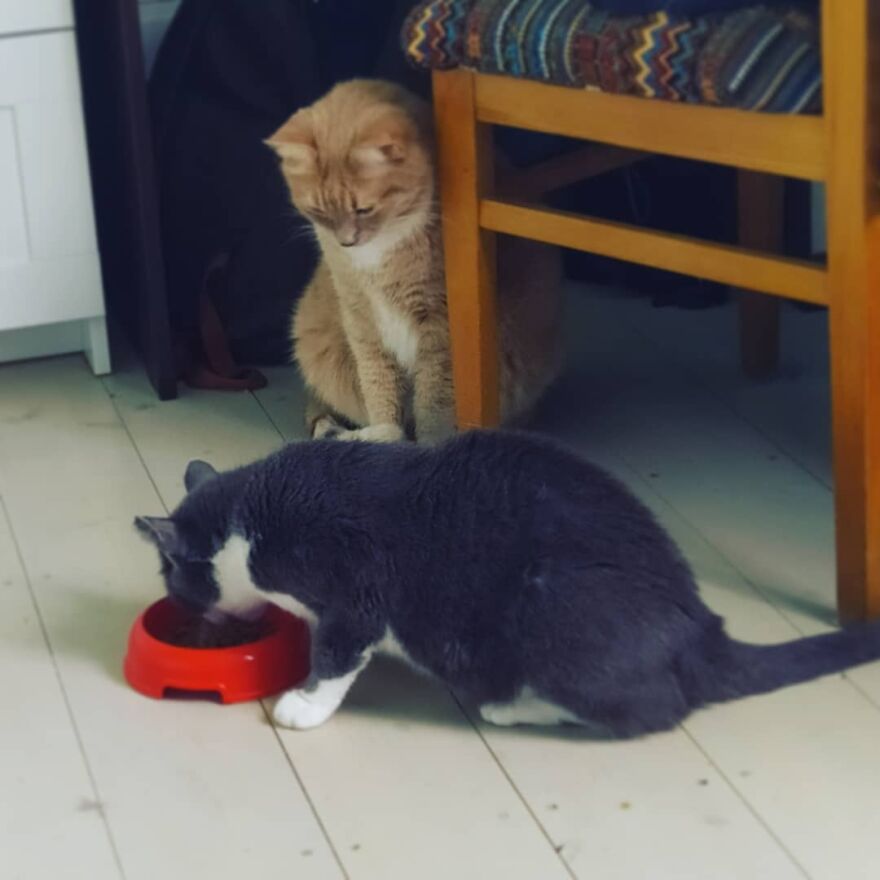
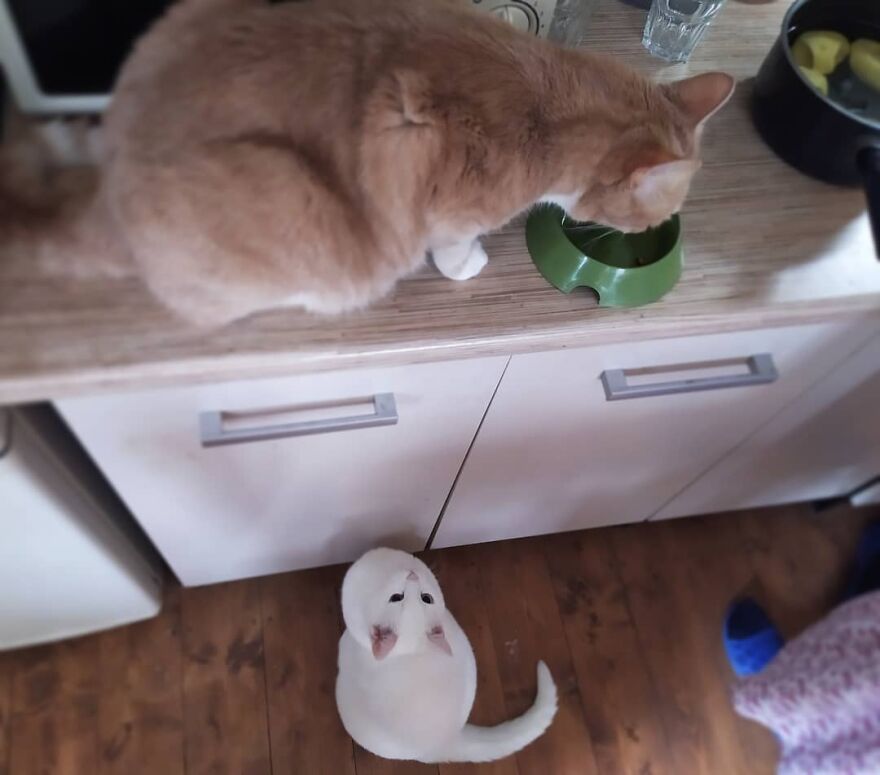




218
71